When Americans think of the 4th of July, fireworks, parades, and cookouts come to mind—but there’s something more enduring that tells the story of freedom: our buildings. From the halls where the Declaration was signed to modern towers rising 1,776 feet into the sky, American architecture is a visual timeline of U.S. Independence.
This article takes you on a patriotic journey through 10 iconic buildings that symbolize the ideals of liberty, democracy, and resilience. So whether you’re an architect, designer, developer, or just passionate about U.S. history, get ready to see freedom in built form.
![]()
A Quick Look at Why Architecture Matters on the 4th of July
The 4th of July is more than a celebration—it’s a reflection of how far the nation has come. And architecture? It’s the medium that records our values in stone, steel, and symbolism.
From neoclassical domes to Gothic arches and modern glass facades, iconic buildings in the U.S. show how freedom has been interpreted, protected, and celebrated throughout history. These structures are not only historical landmarks, but also timeless reminders of what this country stands for.
The Icons of Independence: 10 Buildings That Tell America’s Story
Before we dive into the blueprints of independence, it’s important to recognize that architecture doesn’t just reflect history—it tells it. Each of the buildings you’re about to discover is more than stone and structure; it’s a story in physical form. These places witnessed bold declarations, revolutionary speeches, and the quiet strength of resilience. Today, they don’t just mark history—they inspire it. Every 4th of July, as fireworks light the skies, these landmarks remind us of who we are and how we got here. They’ve become timeless reference points—anchors of identity that transcend generations. So let’s explore the buildings that speak without words, that celebrate freedom in every line, dome, and silhouette.
1. Independence Hall – Philadelphia, PA
Architectural Style: Georgian
Historical Significance: This is where the United States of America was conceptually born. Within its assembly room, the Second Continental Congress debated, revised, and ultimately signed the Declaration of Independence in 1776. Eleven years later, the U.S. Constitution was crafted under the same roof, cementing its role as the epicenter of America’s foundational decisions. Few buildings have witnessed more world-changing conversations.
Why it Represents Independence: This is ground zero for American democracy. The Liberty Bell rang here as the Declaration was announced to the public.
Pro Tip: If you’re designing a civic space or courthouse, study its symmetry and modest grandeur. Less is definitely more.
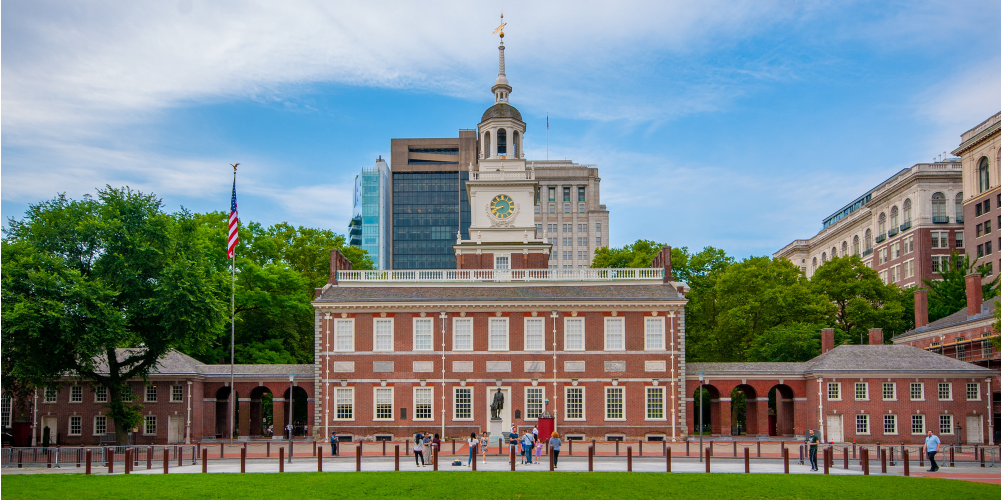
2. Monticello – Charlottesville, VA
Architectural Style: Neoclassical / Palladian
Historical Significance: Monticello is not just a home; it’s an architectural autobiography. Designed by Thomas Jefferson, it reflects his deep appreciation for Enlightenment ideals, classical symmetry, and experimental design. Every hallway and column reveals his pursuit of a rational, independent society—mirroring the very values he penned into the Declaration of Independence.
Why it Represents Independence: Jefferson was the principal author of the Declaration. His design blends intellect, symmetry, and political philosophy.
Pro Tip: Use Monticello as a case study for integrating architectural innovation with personal ideology.
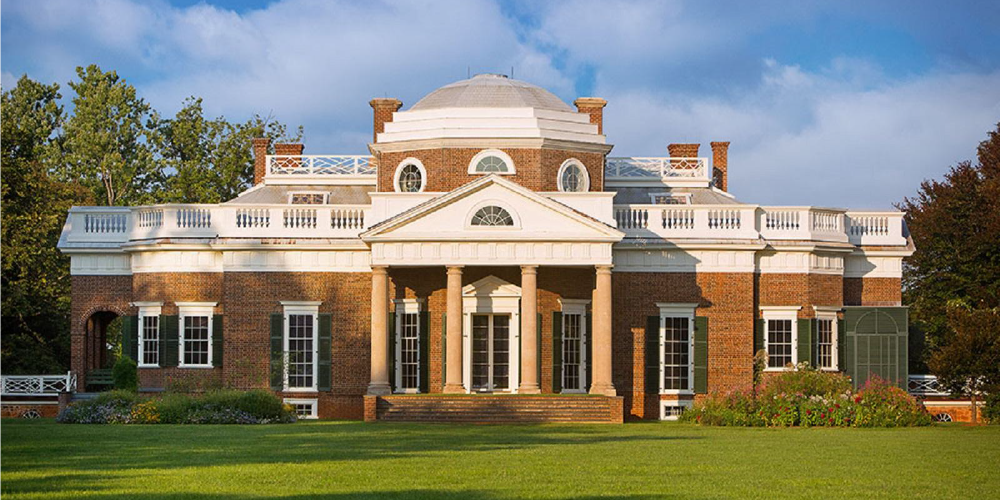
3. U.S. Capitol Building – Washington, D.C.
Architectural Style: Neoclassical
Historical Significance: The Capitol stands at the intersection of democracy and design. Since 1800, it has housed Congress—the institution tasked with turning revolutionary ideals into enduring law. Over centuries, it has expanded to reflect a growing, diversifying nation, while remaining a global symbol of legislative freedom and governance by the people. Learn more about this iconic building at the U.S. Capitol Building official web.
Why it Represents Independence: It embodies the power of representation and checks and balances.
Pro Tip: The dome—a perfect study in visual hierarchy and national symbolism.
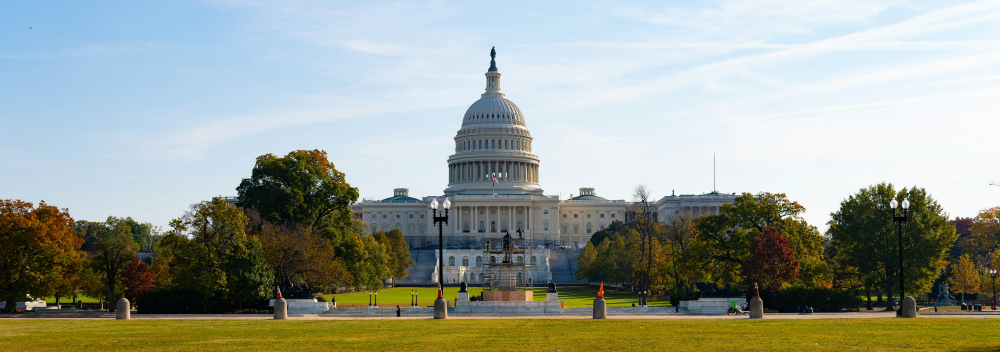
4. The White House – Washington, D.C.
Architectural Style: Neoclassical
Historical Significance: First occupied in 1800, the White House has been the residence, office, and stage for every U.S. president since John Adams. It has hosted wartime briefings, civil rights conversations, and global diplomacy. More than a home, it’s a living symbol of leadership in a democratic republic.
Why it Represents Independence: It’s a functional and symbolic hub of executive power.
Pro Tip: Study its facade to understand how symmetry and proportion convey authority.
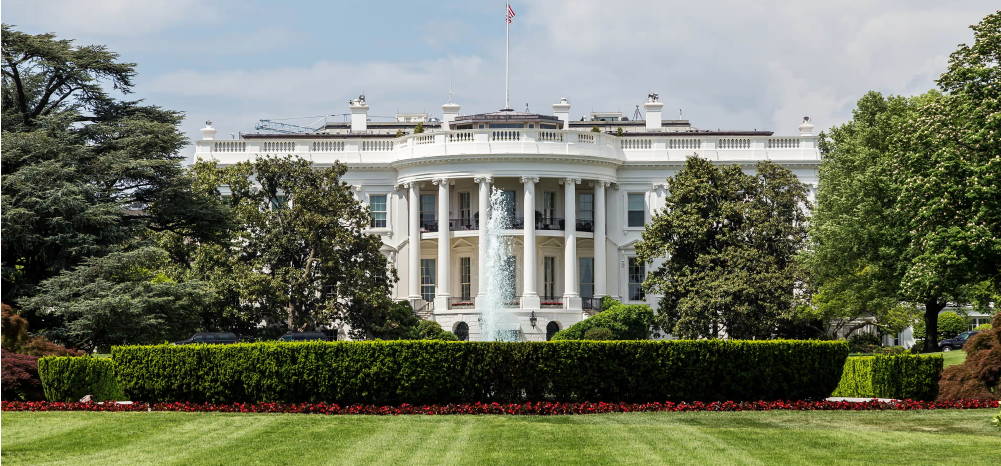
5. Washington Monument – Washington, D.C.
Architectural Style: Egyptian Revival Obelisk
Historical Significance: Completed in 1884, the Washington Monument pays tribute to America’s first president and Revolutionary War general. It took nearly 40 years to build—interrupted by civil war, politics, and funding delays—which only amplifies its symbolism as a resilient monument to unity, perseverance, and moral authority.
Why it Represents Independence: Towering and simple, it stands as a silent tribute to unwavering leadership.
Pro Tip: When designing vertical forms, the Washington Monument proves that simplicity can be majestic.

6. Lincoln Memorial – Washington, D.C.
Architectural Style: Greek Revival
Historical Significance: Unveiled in 1922, the Lincoln Memorial honors the president who held the Union together through its bloodiest conflict. It’s where Martin Luther King Jr. delivered his “I Have a Dream” speech, reaffirming the structure as a sacred site for civil rights and national reconciliation. It’s an architectural echo of Lincoln’s legacy.
Why it Represents Independence: It’s a temple of justice and unity, ideals born during the Revolution and preserved in Lincoln’s time.
Pro Tip: Explore how classical forms can convey modern values.
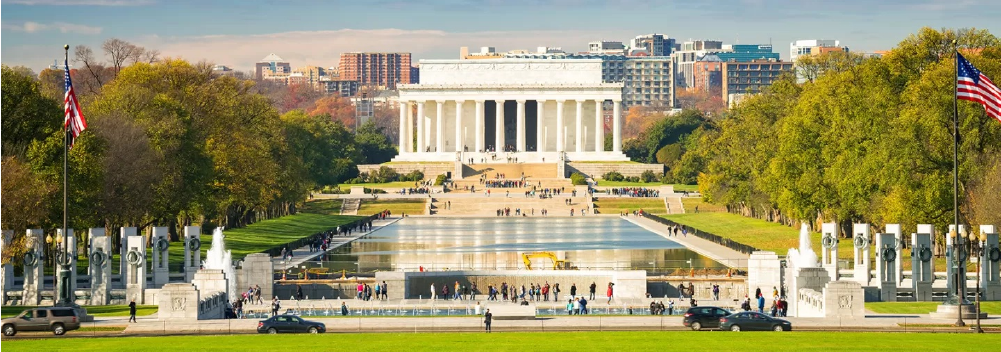
7. St. John’s Church – Richmond, VA
Architectural Style: Colonial
Historical Significance: Constructed in 1741, St. John’s Church became immortalized when Patrick Henry delivered his electrifying speech there in 1775, urging resistance to British rule. That call—“Give me liberty or give me death”—wasn’t just a slogan; it was a turning point in revolutionary momentum.
Why it Represents Independence: This was the spark that lit the revolutionary flame.
Pro Tip: Churches can be powerful civic landmarks when their design embraces history.

8. Statue of Liberty – New York, NY
Architectural Style: Neoclassical Sculpture
Historical Significance: A centennial gift from France, the Statue of Liberty became a powerful beacon for immigrants arriving at Ellis Island. Her presence in New York Harbor symbolized refuge, opportunity, and enlightenment. Since 1886, she has personified the American promise of freedom and justice for all.
Why it Represents Independence: The torch, the robe, the book—all are metaphors for enlightenment and law.
Pro Tip: Design with layers of symbolism; let form carry meaning.

9. One World Trade Center – New York, NY
Architectural Style: Contemporary
Historical Significance: Completed in 2014, One World Trade Center rises from the site of unimaginable tragedy to stand as a bold expression of recovery and resilience. Its exact height—1,776 feet—is no accident; it memorializes the nation’s founding year while projecting American values into the future through contemporary design.
Why it Represents Independence: Standing exactly 1,776 feet tall, it honors the resilience of a nation founded in that same year.
Pro Tip: This is how modern design meets historic consciousness.

10. Colonial Williamsburg – Williamsburg, VA
Architectural Style: Colonial
Historical Significance: As a meticulously preserved town, Colonial Williamsburg allows visitors to step into 18th-century American life. Here, conversations on liberty and taxation brewed in taverns, printing shops, and town halls. It’s a full-scale narrative of what everyday revolutionary sentiment looked, felt, and sounded like.
Why it Represents Independence: It immerses visitors in the environments where revolution brewed.
Pro Tip: Immersive storytelling through architecture enhances cultural connection.
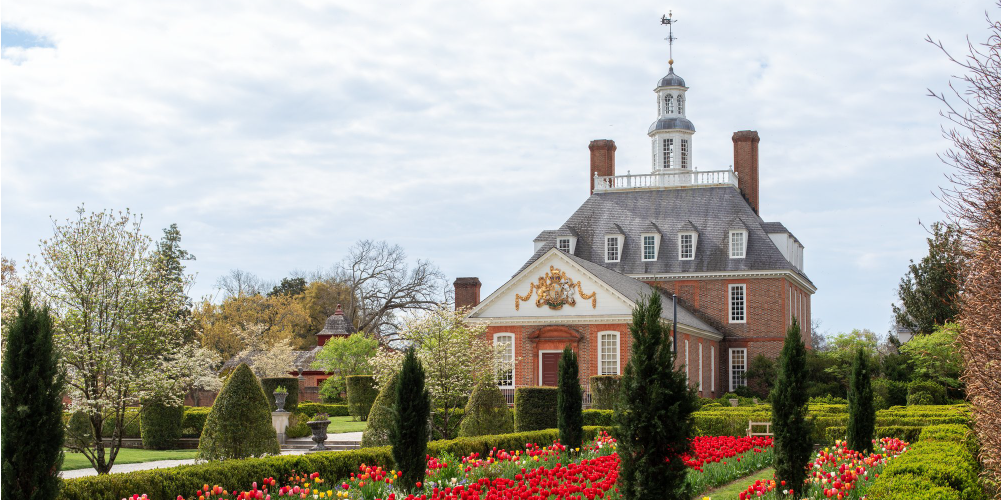
Fireworks in the Form of Facades: What These Buildings Teach Us
Each of these iconic buildings teaches us that architecture isn’t static—it’s cultural memory made visible. Whether through Jeffersonian symmetry, the gravitas of Greek columns, or modern skyscrapers born from loss and triumph, American architecture evolves with purpose.
These structures are the physical embodiments of U.S. Independence. They ground us. Inspire us. Challenge us to design better, think bigger, and remember longer.
How Modern Architects Are Reimagining These Icons Today
As architects and developers, we’re not just building structures. We’re building interpretations of history, values, and identity. Here’s how the architectural world is bringing the past into the present:
- 3D renderings of historical landmarks for museums and education
- Virtual reconstructions for tourism and exhibitions
- New civic spaces inspired by neoclassical layouts and symbolic dimensions
- Adaptive reuse of historic buildings in modern urban contexts
3D architectural visualization is a key player in this movement. It allows us to bring the past into the present, to explore “what ifs,” and to preserve cultural heritage in ways blueprints never could.
At Xpress Rendering, We Bring the Spirit of Freedom to Life
At Xpress Rendering, we specialize in creating high-quality 3D renderings and animations that connect past and future. Whether you’re working on a civic center inspired by Independence Hall or a museum that honors our founding principles, our team helps you visualize it with clarity and purpose.
Let us help you shape projects that echo the values of liberty, democracy, and unity—with precision, beauty, and impact.
Get a quote today and start your own architectural tribute to freedom.
FAQs: Architecture, Independence, and the 4th of July
-
Why is architecture important to U.S. Independence?
Because buildings like Independence Hall, the Capitol, and Monticello were the physical stages for revolutionary decisions.
-
How tall is One World Trade Center and why?
1,776 feet tall—a symbolic reference to the year the Declaration of Independence was signed.
-
What architectural style dominates early U.S. landmarks?
Neoclassical, influenced by Roman and Greek ideals of democracy and permanence.
-
Can historical buildings be recreated in 3D?
Yes. Xpress Rendering creates high-fidelity 3D models for education, museums, and urban planning.
-
Which building best symbolizes the 4th of July?
Independence Hall is the most symbolic. But modern icons like One World Trade Center represent the continued fight for freedom.
Final Thought: This 4th of July, Look Up
As fireworks light the skies and cities echo with music and celebration, take a moment to admire the architecture around you. The facades, domes, spires, and columns hold stories older than ourselves—and dreams still unfolding.
Because in the United States, freedom isn’t just a right. It’s a design choice.


